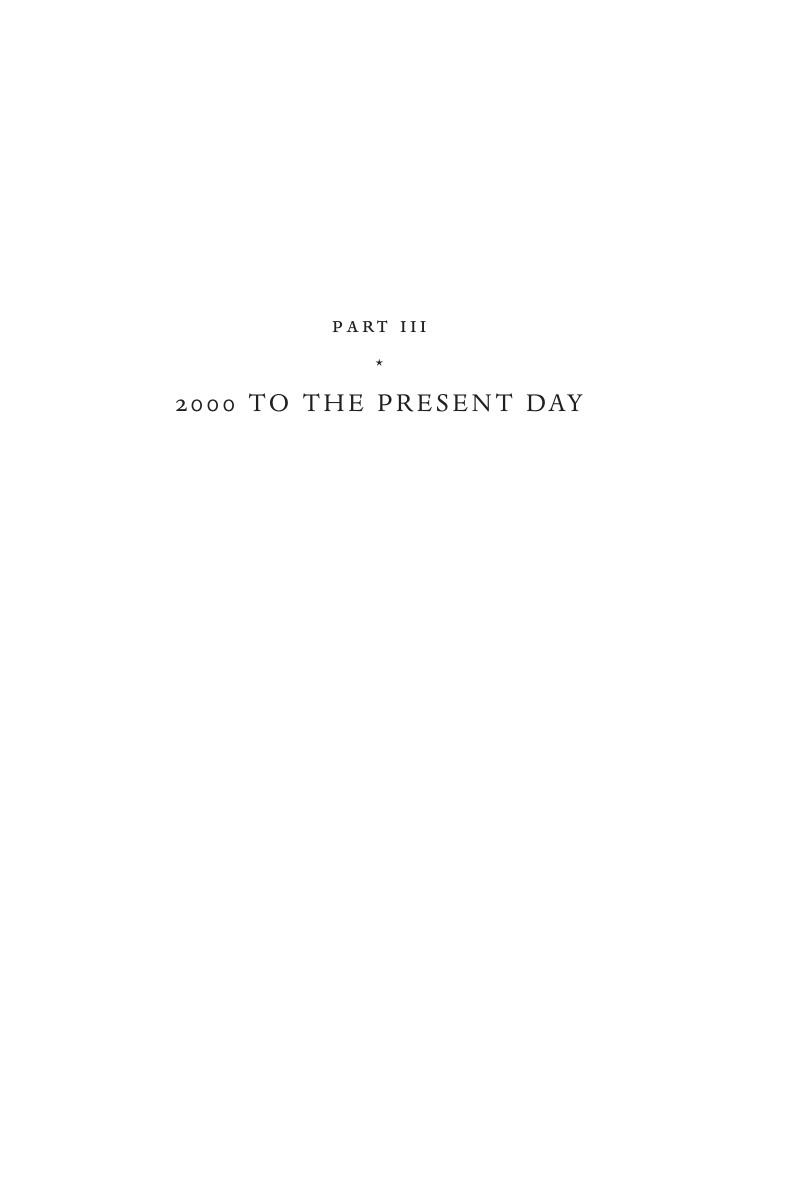Part III - 2000 to the present day
Published online by Cambridge University Press: 30 July 2018
Summary

- Type
- Chapter
- Information
- The Cambridge History of the Graphic Novel , pp. 387 - 608Publisher: Cambridge University PressPrint publication year: 2018



